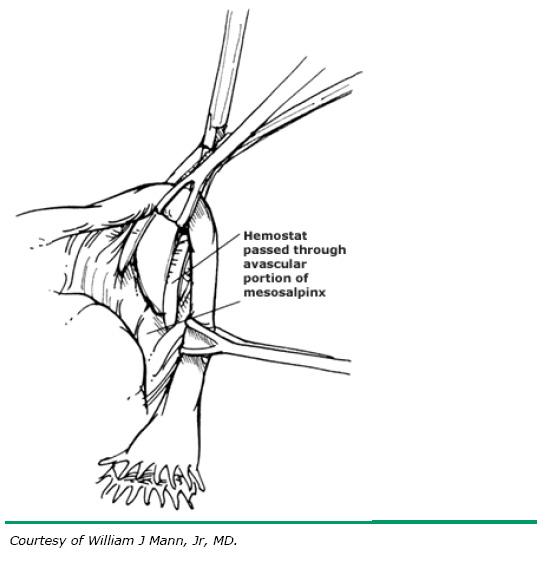 Catholic doctrine on contraception (including hormonal and non-hormonal, long- and short-acting) is:
Catholic doctrine on contraception (including hormonal and non-hormonal, long- and short-acting) is:- Use of contraceptives by sexually active persons breaks up the unitive and procreative aspects of sex, and is grave matter that may constitute mortal sin.
- Contraceptives are a band-aid for women's health issues and should not be used for medical purposes in women who are not sexually active.
- Contraceptive use is technically occasionally licit (i.e. not objectively wrong), but is always imprudent.
- A and B
- A and C
- None of the above
True or false: It is good that children not come of non-marital sexual unions.
True. It's occasionally uncomfortable to admit it, but it's actually good when children are not conceived outside of marriage. Children have a right to grow up in a family, raised by a father and a mother, and many or most children born today are born with this right infringed. You're not a eugenicist if you think it's good that children's rights are preserved. Don't believe me? Try the next question.
True or false: It is good that children not be born of non-marital sexual unions.
Careful here. It's good when children aren't conceived. But once conceived, their rights must be protected as much as possible, including their right to life. Post-fertilization effects and abortion rob a child of something even more basic than the right to be raised by mother and father.
Catholic doctrine on primary sterilization (mutilating of a human body by removal or altering of otherwise-healthy organs for the sole purpose of destroying fertility) is:
- Sterilization is mutilation of the human body, which is dignified not only by creation in the image of God, but also by the Incarnation.
- Temporary sterilization is occasionally appropriate even if the principle of double effect does not apply.
- The Catechism only specifies that sterilizations on innocent persons are against the moral law.
- A and B
- A and C
- None of the above.
The answer is A. No temporary sterilization, no sterilization ever unless there is a medical reason for removal of a "diseased organ." C is interesting. The second half of a sentence in CCC 2297 states "directly intended amputations, mutilations, and sterilizations performed on innocent persons are against the moral law." But to take this and run off sterilizing prisoners would ignore the first half of the sentence: "Except when performed for strictly therapeutic medical reasons...." With all this information, let's go see a patient.
Case Study: A 32-year-old African-American G5P2113 (pregnant five times, with two children born at term and one born preterm, with one abortion or miscarriage, we don't know which; currently pregnant) at 26 weeks presents to obstetrical triage at Hospital A with abdominal pain. This is her third visit this pregnancy. She consistently maintains that she receives care at the resident clinic at Hospital B, but has likely never established prenatal care. She is unmarried and does not have custody of her living children. She has multiple psychiatric admissions for bipolar disorder, she is not currently on medications, she is currently homeless, and the resident seeing her suspects she just came from selling herself. She has been kicked out of several maternity homes for disruptive behavior. During today's interview in triage, she appears disheveled and emotionally labile. It is clear from her responses to questions about her medical and social history that she is either intellectually disabled or out of touch with reality. She insists that she is full term and that it's time to induce her labor, although her triage workup reveals no evidence of labor, or other obstetric or gynecologic pathology. Upon the patient's discharge from triage from Hospital A, the attending supervising the resident states, "she needs a strong postpartum plan," meaning that she should receive a LARC or be sterilized so that she won't get pregnant again. Hospital A and Hospital B are Catholic. What is an acceptable postpartum family planning option for this patient?
- Natural family planning/fertility awareness
- Mirena
- Paragard
- Nexplanon
- Essure
- Postpartum filshie clip tubal ligation
- Parkland method tubal ligation
- Depot haldol and social work consult for another group home placement
A: Wrong. There is so much beauty to NFP, but for a woman who doesn't have money for bus ticket and who isn't medicated and out of touch with reality, it is not enough.
B: Wrong. Mirenas can be placed immediately postpartum but rate of expulsion is relatively high. Plus, mirena is a progestin-containing system and has post-fertilization effects.
C: Wrong. Paragard can also be expelled when placed in the postpartum period, and also has post-fertilization effects.
D: Wrong. Can be placed postpartum, but has post-fertilization effects.
E: Wrong. Cannot be placed postpartum, and is a permanent, primary sterilization.
F: Wrong. Even if it can safely be done postpartum and is as close as you can get to a temporary sterilization (you can pop off the clips and re-anastomose the tubes), it's still a primary sterilization and HV condemns even termporary sterilizations.
G: Wrong. That's a permanent primary sterilization.
H: Really? That's the best we can do for her? I am totally dissatisfied with our options.
This woman is unmarried and her ability to truly consent to sex is in question. Children have a right to be born to a family, raised by a mother and father, and it is better for her not to have children right now. I can't render her sterile because that is objectively wrong. It may not be objectively wrong for me to render her infertile (although it might be imprudent), but all my options for rendering her infertile (aside from condoms, which she can't control) have postfertilization effects.
Conclusion: I want to think with the mind of the Church. I know Catholic teaching, like every appropriate body of law, does not include dicta for every particular situation. But I know Catholic teaching grasps the truth whenever it speaks on issues of faith and morals. And it works, because it's the truth.
But right now, there is nothing that works for patients like my case study (and I have seen her for three of those four triage visits). Where is the truth here? Do I need to develop something new?














